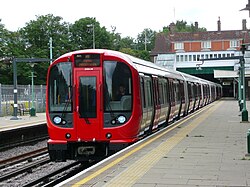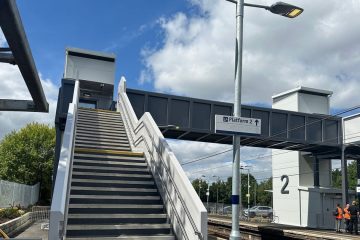Understanding the Metropolitan Line in London

Introduction
The Metropolitan Line, a vital artery of the London Underground network, plays a crucial role in connecting various suburbs to the heart of the city. Serving as one of the oldest lines, it has recently been a focal point for discussions on infrastructure improvements, increasing capacity, and enhancing passenger experience. With the recent updates in service and technology, understanding the significance of the Metropolitan Line is more relevant than ever.
Current Status of the Metropolitan Line
As of October 2023, the Metropolitan Line has undergone significant upgrades aimed at improving efficiency and reliability. The introduction of new trains equipped with modern amenities reflects Transport for London’s (TfL) commitment to enhancing commuter experience. The upgraded rolling stock includes air-conditioning, better seating, and improved safety features. These advancements are essential as the line caters to over 220,000 passengers daily, making it one of the busiest lines in the network.
Recent Developments
This year, TfL announced the completion of essential signalling works that will allow for increased train frequencies, particularly during peak hours. The upgrades are expected to reduce wait times and increase overall operational efficiency. Additionally, improvements to key stations along the line such as Baker Street and Wembley Park aim to ensure a smoother flow of commuters through these high-traffic hubs.
Challenges Ahead
Despite the positive advancements, challenges remain for the Metropolitan Line. Ongoing construction projects and the ageing infrastructure present hurdles in maintaining service continuity. Furthermore, the necessity to balance capacity increases with the challenges of urban congestion continues to be a pressing concern for city planners. The need for sustainable transportation solutions is becoming increasingly paramount as London seeks to reduce its carbon footprint.
Conclusion
The Metropolitan Line remains a crucial component of London’s transport ecosystem. While recent improvements signal a positive trend for both commuters and the wider transport framework, challenges in infrastructure and capacity will require continued focus. As London evolves, the Metropolitan Line will undoubtedly play a vital role in shaping the future of urban mobility, offering vital connections for millions of residents and visitors alike.









